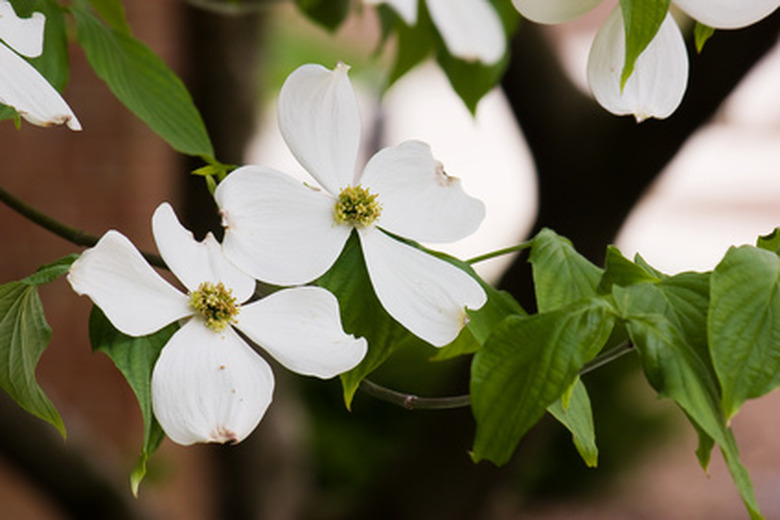North Carolina Plant Identification
North Carolina is blessed with a wide range of plants. Coastal North Carolina has typical beach plants such as cordgrass and saltmeadows found in marshes. Farther inland are wax myrtles, live oak and red cedar trees. Deciduous forests on the lower slopes are filled with Carolina hemlocks, yellow buckeyes, sugar maples and yellow birch trees. The mountains of western North Carolina are abundant with common plants such as lady slippers, dogwoods and rhododendrons.
Size
North Carolina is home to roughly 645 different shrubs, trees and woody vine species, according to the Duke University website. About 487 species are native, while 158 species have been introduced to the state. Roughly 3,000 flowering plant species are found in the state, according to the City Data website.
- North Carolina is blessed with a wide range of plants.
- North Carolina is home to roughly 645 different shrubs, trees and woody vine species, according to the Duke University website.
Shrubs
The Indian Hawthorn is a slow-growing evergreen shrub with pink or white flowers. This plant has a medium to coarse texture and is an excellent coastal landscape plant. It grows 3 to 4 feet high with a spread of 3 to 5 feet, according to North Carolina State University.
The beautyberry has arching branches that extend 3 to 4 feet. It has violet-pink berries.
Mountain laurels are medium shrubs needing partial shade. They're thick plants native to many regions of North Carolina. The shrub's flowers produce white to pink spring flowers.
- The Indian Hawthorn is a slow-growing evergreen shrub with pink or white flowers.
- The beautyberry has arching branches that extend 3 to 4 feet.
Junipers are medium in size and need full sun. These shrubs, which have a fine texture, grow rapidly and reach a height of up to 10 feet at maturity.
Trees
The Norway maple tree has a moderate growth pattern. It has thick, broad-spreading branches and can reach heights of 50 to 70 feet tall, according to North Carolina State University. It's also known as "Crimson King" because of its red-purple leaves
The Southern catalpa needs full sun exposure. This large, fast-growing tree lives long but can appear untidy. It has a coarse texture and thick trunk with crooked branches.
- Junipers are medium in size and need full sun.
- These shrubs, which have a fine texture, grow rapidly and reach a height of up to 10 feet at maturity.
The Southern magnolia grows in sun to partial shade and has a symmetrical form. This tree, which has a growth rate that can range from moderate to rapid, should be planted where its lower branches can grow to the ground.
Geography
There's a considerable difference in weather between North Carolina areas, so plants that thrive in one region of the state may not do well in another area. North Carolina's hardiness growing zones line up more from east to west, rather than north to south. North Carolina falls into hardiness zones 6 through 8. Zone 8, which is the warmest zone in the state, is in eastern North Carolina, while the coldest areas are in Zone 6, found in the western mountain regions. Zone 7 lies in the middle of the state and makes up the largest area.
- The Southern magnolia grows in sun to partial shade and has a symmetrical form.
- There's a considerable difference in weather between North Carolina areas, so plants that thrive in one region of the state may not do well in another area.
Warning
Non-native or exotic plants that don't originate in North Carolina or even North America can become invasive. They can cause significant problems for native plants, as well as animals. A few of these exotic or invasive plants have been in North Carolina for a long time, so they're not even recognized as non-native plants, warns North Carolina State University. Some of these plants include Japanese honeysuckle, Chinese privet, Callery "Bradford" pear and Queen Anne's lace.
